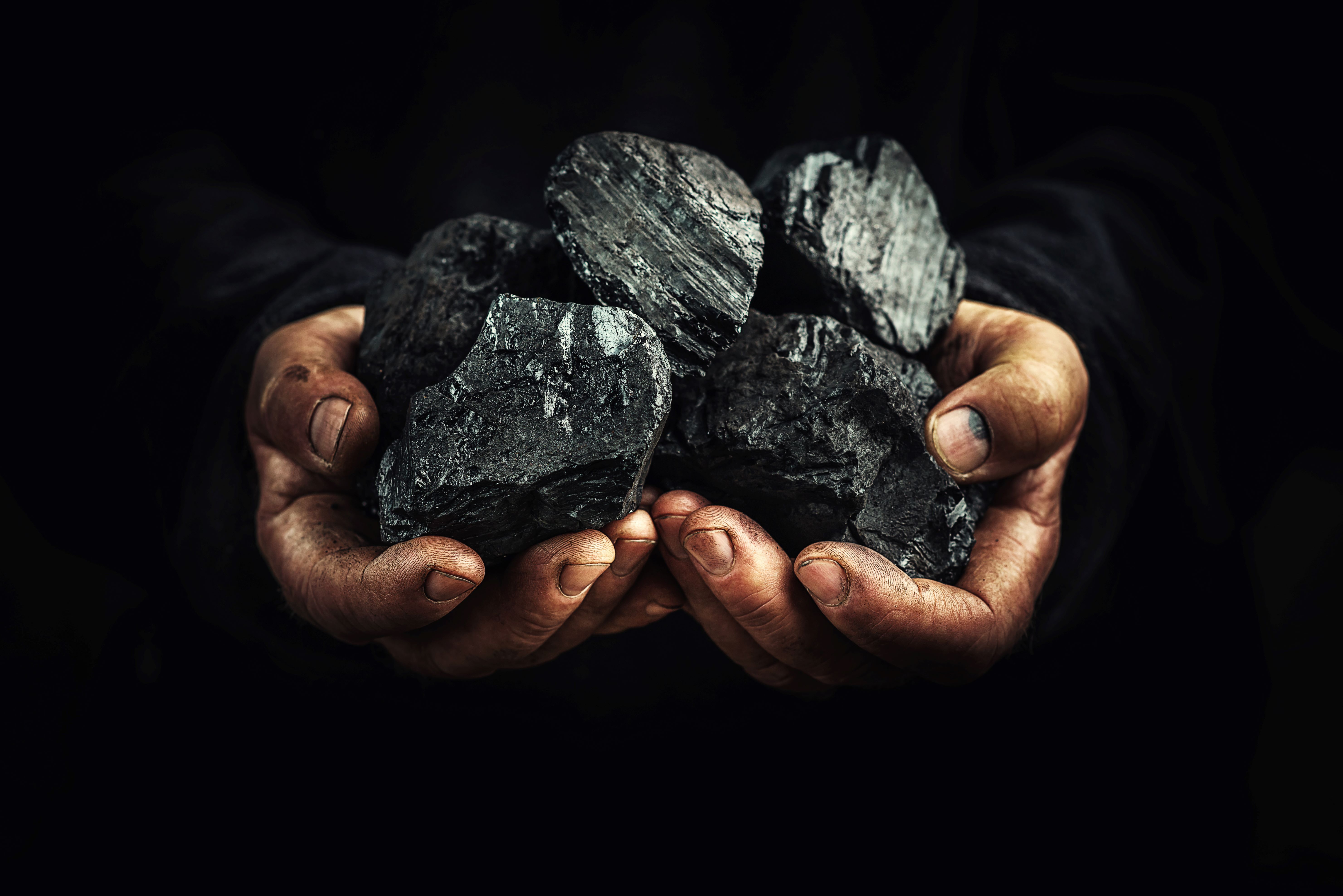
In the first of a new series in the IOE&IT Daily Update, we are here examining a major commodity and covering the latest news relating to how it is traded globally.
First up is one of the drivers of the UK’s industrial revolution and a key source of energy in many markets still today: coal.
Rise in consumption despite net zero transition
As the world seeks to transition to cleaner forms of energy in its effort to cut fossil fuel use, the expectation might be that one of the dirtier fuels would be phased out.
However, global coal consumption rose by 1.2% in 2022, exceeding8bn tonnes for the first time in 2022, a level that is expected to be maintained in the coming years.
A report from the International Energy Authority (IEA) claims that declines in mature markets are offset by continued demand in emerging Asian economies, making coal the world’s largest single source of carbon dioxide emissions.
Alternative importers
Coal is also being relied on again in Europe due to EU countries’ efforts to diversify from Russian energy imports in the aftermath of the invasion of Ukraine.
The need to find alternatives to Russian oil and gas has forced many countries in the bloc to halt their plans to reduce coal consumption, reports Politico.
The EU imported 49m tons of Russian coal in 2020, and the trade was worth an estimated €8 bn per year.
“In the short term, we will need a mix of solutions that are both brown and green,” said Simone Tagliapietra, a research fellow at Brussels think tank Bruegel.
“If we reopen coal-fired power plants, even for one, two years, I think, overall, that’s not going to be a huge problem, if in the meantime, we scale up green solutions.”
Energy security
In the fight between decarbonisation and energy security, keeping the lights on wins, Steve Hulton, senior vice president for coal markets at Rystad Energy told Bloomberg.
“That’s what keeps people in power, and stops people from rioting in the streets.”
In 2021, the world generated more electricity from coal than ever before, with an increase of 9% from the previous year, according to the IEA.
Thermal coal burned by power plants, is one of the cheapest fuel sources on the planet, with costs at about $15 per million British thermal units, according to a report dated April 1 from Bank of America. That compared with about $25 for crude oil and the global price of $35 for natural gas.
Exports
Indonesia and Australia supplied more than half of global coal exports on 2021, with 478m and 403m tonnes respectively, leaving Russia a significant third (262m tonnes).
The US (85m tonnes) and South Africa (73m tonnes) round off the top five exporters list.
Coal exports 2021 (million short tons)
- Indonesia – 478
- Australia – 403
- Russia – 262
- US – 85
- South Africa - 73
Imports
According to the IEA, the main importers were Asian countries such as China, India, Japan and Korea, with China currently buying one-fifth of coal sold on the international market.
Lloyd’s List reports that Asia is expected to be a major import market for coal in the coming months.
The EU was the largest importer in 1990 but has reduced its coal imports consistently since then, going from 35.4% of the global share to less than 10% currently.
UK coal
In the UK, coal imports have plummeted from a peak in 2013 when they were more than 50m metric tonnes to 4.6m metric tonnes.
Coal exports have crept up in recent years but remain at a very low level of around 1.1m metric tonnes.
Coal-fired plants provided more than 40% of Britain’s electricity a decade ago, but that figure had fallen to 1.5% by last year. Ministers have set a goal for the UK to stop using coal altogether.
However, a coal fired power station in Nottinghamshire is to stay open until 2024 due to the energy crisis, reports the Guardian.
Commodity finance
The recent volatility in the energy market has led to challenges in commodity finance with a gap of between $300-500bn, according to the FT.
Higher prices associated with coal have emerged at a time when many banks don’t want to be associated with dirty fuels, reports Mining.
However, the search for further flung sources of coal to plug an energy shortfall has caused prices to spike and made the sector more attractive to alternative suppliers of credit. Although these private funds typically charge higher interest, higher prices compensate.
“The margins are there to support the additional costs of capital,” said Chris Scott, chief financial officer of Novum Energy Trading Corp. “The reality is, at the end of the day it’s the man on the street who is paying for it. It’s always getting passed down the chain.”



